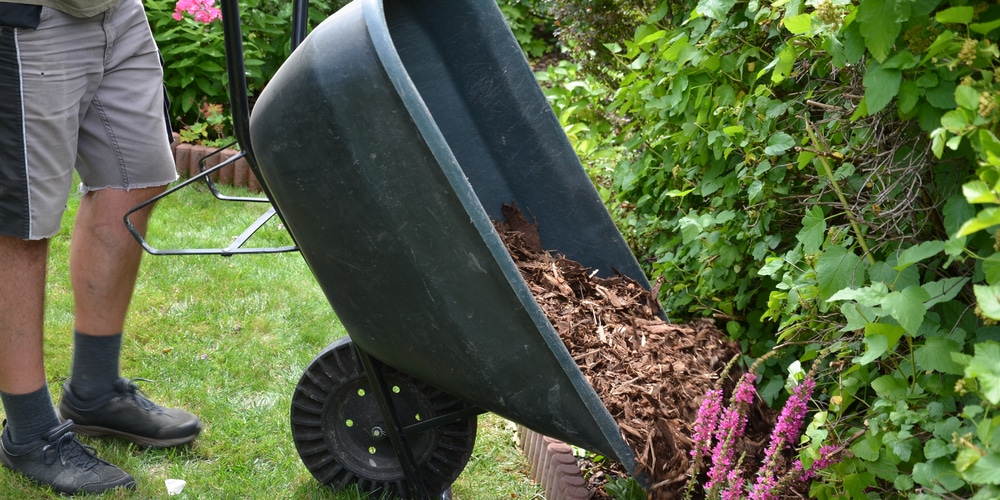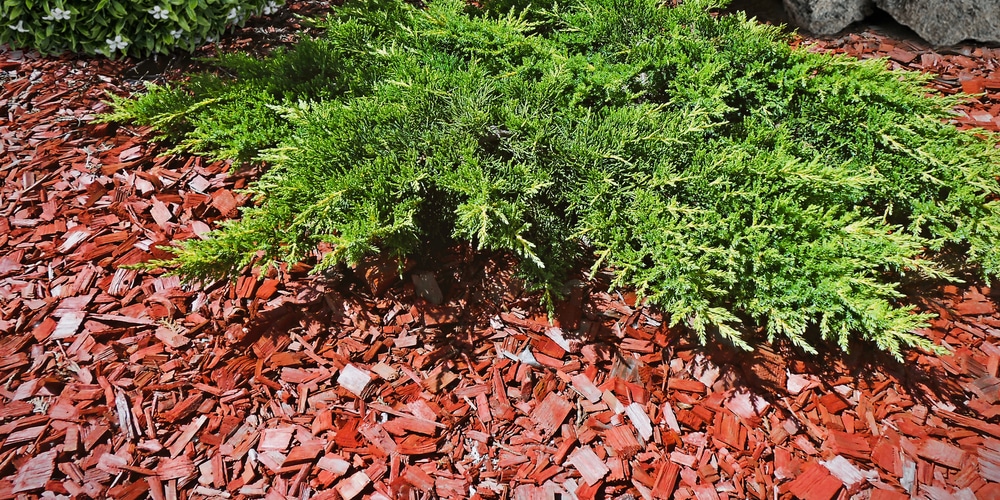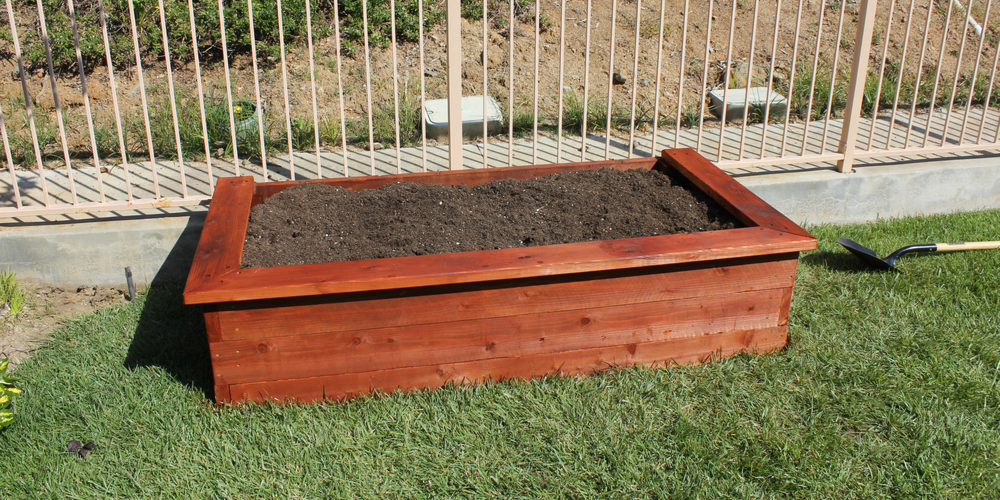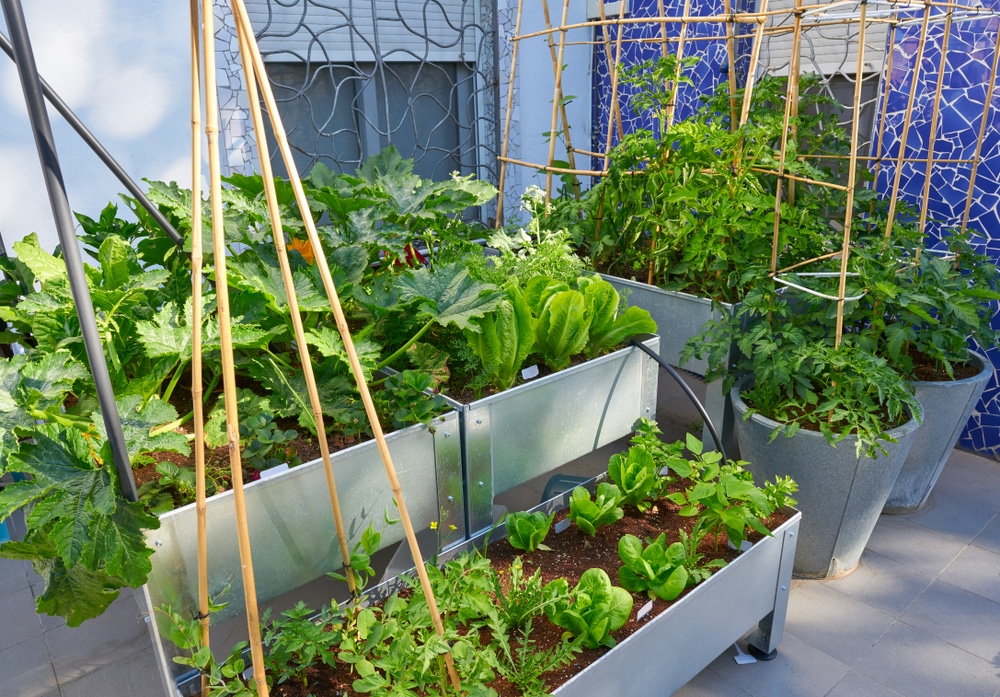
Which Type of Mulch Should I Choose? (A Decision Tree)
- Step 1: Determine the Purpose of the Mulch
- If you need mulch for moisture retention and temperature control, proceed to step 2.
- If you need mulch primarily for aesthetic appeal, proceed to step 3.
- If you need mulch for weed suppression, proceed to step 4.
- Step 2: Choose Between Organic or Inorganic Mulch for Moisture and Temperature
- If you prefer a natural look that also improves soil quality as it decomposes, choose organic mulch like shredded bark or wood chips, then proceed to step 5.
- If long-lasting and less frequent replacement is more important, consider inorganic mulch like rubber chips or stones, then proceed to step 5.
- Step 3: Select Based on Appearance
- If you prefer a rustic, natural look, select bark or cocoa mulch and proceed to step 5.
- If you want a more uniform and permanent appearance, choose inorganic mulch such as river rocks or recycled rubber, then proceed to step 5.
- Step 4: Evaluate the Best Options for Weed Suppression
- Organic mulches like wood chips or straw are good for suppressing weeds and can be replenished easily, proceed to step 5.
- For areas where durability is required and less maintenance is desired, use landscape fabric underneath your mulch of choice to enhance weed suppression, then proceed to step 5.
- Step 5: Consider Your Plant Types
- For acid-loving plants, choose pine needles or pine bark.
- For vegetable gardens, straw or grass clippings are suitable as they decompose quickly and enrich the soil.
- For general landscaping, hardwood or cedar mulch is a good all-around choice due to its longevity and pest-repellent properties.
By following these steps, you can select the type of mulch that best suits your garden’s needs, balancing aesthetics, functionality, and the specific requirements of your plants.
What Mulch Does
Mulch serves a multifunctional role in your garden by catering to the health and aesthetic of your plant beds.
- What is Mulch?
- Mulch is a material spread over the surface of the soil to benefit the underlying vegetation and soil health.
- It can be organic, such as bark or straw, or inorganic, like stones or rubber chips.
- Benefits of Mulch
- Moisture Retention: Mulch helps to reduce water evaporation, thereby keeping your soil moist longer between waterings.
- Weed Suppression: A layer of mulch discourages weed germination and growth, saving you time and effort in garden maintenance.
- Temperature Regulation: It acts as an insulator, keeping soil cooler in the summer and warmer in the winter.
- Improved Soil Quality: Organic mulches break down over time, adding beneficial nutrients back into the soil.
- Selecting the Right Mulch
- Your choice depends on your garden’s needs.
- For instance, wood chips can be an ideal mulch for longevity and soil enrichment, while pine straw may be better for acid-loving plants.
Maintain a recommended thickness of about 2 to 4 inches, keeping mulch away from direct contact with plant stems to avoid the risk of rot. If you’re using grass clippings, ensure they are dried out to prevent matting that can smother plants.
For more in-depth guidance, you can learn about mulching techniques.
Selecting the Right Mulch
When spring approaches, it’s crucial to choose mulch that will enhance soil health and complement your garden’s aesthetic.
Organic vs. Inorganic Mulch
- Decomposition: Organic mulch breaks down over time, adding nutrients to the soil.
- Soil Health: It improves soil structure and fertility as it decomposes.
- Water Retention: Helps soil retain moisture, reducing the need for frequent watering.
Inorganic Mulch:
- Durability: Lasts longer than organic mulch and doesn’t need frequent replenishment.
- Weed Control: Provides a strong barrier against weed growth.
- Visual Appeal: Often used for decorative purposes with a variety of colors and textures available.
Mulch Material Types
Organic Materials:
- Straw: It’s beneficial for vegetable gardens, especially when used to insulate against cold. Remember, straw can reduce soil’s nitrogen level, so consider a nitrogen supplement.
- Shredded Bark: Ideal for slopes and available as a byproduct from other industries. Be aware that it may take up nitrogen as it breaks down.
Inorganic Materials:
- Stones: Ensure they are appropriately sized to allow water penetration and consider using a landscape fabric beneath to prevent soil compaction. Be mindful of heat absorption, which can affect soil temperature.
- Rubber Mulch: A long-lasting option that doesn’t attract pests, but it doesn’t offer the same soil health benefits as organic options.
Preparing Your Garden Beds for Mulching
Before you start mulching, ensure that your garden beds are in prime condition. This groundwork is pivotal for the mulch to effectively reduce weeds and enrich your soil.
Clearing Debris and Weeds
- Remove all debris: Scan the garden bed and take out leaves, sticks, and any refuse that has gathered over time.
- Weed by hand or with tools: Eliminate all the weeds in the area to discourage regrowth under the mulch. Consider using a garden hoe or hand weeder for efficiency.
Soil Preparation
- Loosen the soil: Gently till or aerate the top layer of your soil to enhance oxygen circulation and facilitate nutrient absorption.
- Fertilize if necessary: Apply a balanced fertilizer to replenish nutrients, especially if your garden has been active in past seasons.
- Level the soil: Create an even surface to aid in the uniform spread of your mulch, which will ensure consistent coverage and moisture retention.
Applying Mulch to Your Garden Beds
Proper mulch application is crucial to safeguarding plant health and enhancing soil quality. Precision in depth and technique can make a significant difference in your garden’s success.
Determining Appropriate Mulch Depth
- For flower beds: Aim for a mulch layer that is approximately 2-3 inches thick. This ensures moisture retention and weed suppression without suffocating your plants.
- Around trees and shrubs: Keep mulch 3-4 inches away from the base to prevent rot and disease. For the overall layer, maintain a depth similar to flower beds, around 2-3 inches.
In colder climates, wait until the ground freezes before mulching to protect perennial roots.
Mulch Application Techniques
- Clear the area: Start by removing weeds to prevent growth under the mulch. Pull weeds by hand or use a garden hoe for effective removal.
- Even distribution: Shovel small piles of mulch onto your garden bed, then spread evenly using a rake. Ensure consistency to avoid thicker patches that may lead to plant stress.
- Water: After applying, lightly water the mulch to help it settle and begin its work of retaining soil moisture.
Maintenance and Upkeep of Mulched Beds
Maintaining your mulched garden beds ensures they remain effective in soil protection and plant health throughout the season. Proper watering and timely mulch refreshment are essential tasks for optimal bed performance.
Watering Considerations
- Depth of Mulch: Mulch should be applied to a depth of 2-3 inches. This prevents weed growth and retains soil moisture without risking plant stems and trunks.
- Irrigation Method: If using drip irrigation or soaker hoses, lay them beneath the mulch to deliver water directly to the soil, minimizing water loss due to evaporation.
- Check Soil Moisture: Before watering, check the soil moisture under the mulch. Over-watering can cause rot or fungus issues, so water only when needed.
Seasonal Mulch Refreshment
- Frequency of Replacement: Refresh mulch in your garden beds at least once a year. Over time, mulch breaks down and enriches the soil, necessitating replenishment.
- Best Seasons for Mulch Application:
- Mulch Type: Choose a mulch type that suits both the aesthetic and functional needs of your beds, such as bark for a natural look or straw for vegetable gardens.
Frequently Asked Questions
Mulching in spring sets the stage for a healthy garden. Let’s explore some common questions on how to maximize the benefits of mulch for your plants.
What are the benefits of different types of mulch for spring garden beds?
- Organic Mulches: Shredded bark is great for slopes and decomposes slowly. Meanwhile, shredded leaves are cost-effective and conserve soil moisture.
- Inorganic Mulches: Materials like landscape fabric help with weed control. However, unlike organic options, they don’t enhance soil health.
How should mulch be applied to flower beds for optimal plant health?
- Spread mulch evenly, maintaining a depth of 2-3 inches.
- Avoid piling mulch against plant stems to prevent rot.
Is it necessary to remove old mulch before adding a new layer in the spring?
- It’s not always essential to remove old mulch. Instead, check its condition. If it’s not decomposed, just add enough fresh mulch to reach the desired depth.
When is the ideal time to apply mulch to garden beds during the spring season?
- The best time to mulch is early to mid-spring. This refreshes your garden’s appearance and suppresses emerging weeds.
What are the considerations for choosing mulch for use around trees and shrubs?
- Use a mulch that complements the specific needs of trees and shrubs.
- Ensure mulch does not touch the trunk to prevent moisture buildup and disease.
How to prepare garden beds before applying mulch in the spring?
- Clear the area of weeds and debris.
- Moisturize the soil if it’s dry before mulching to ensure healthy plant growth.
Last update on 2025-06-06 / Affiliate links / Images from Amazon Product Advertising API




